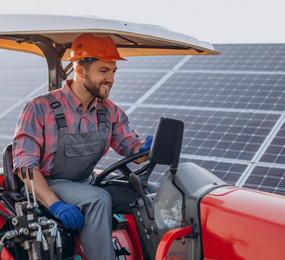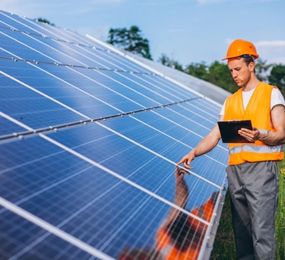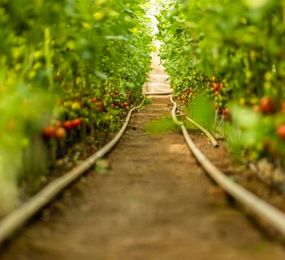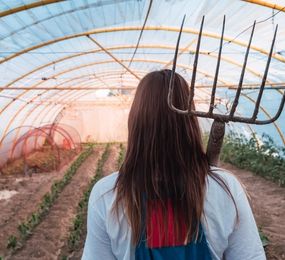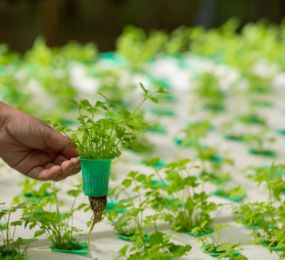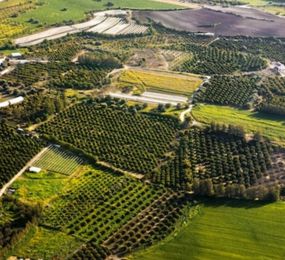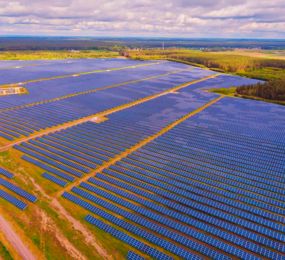Promoting the adoption and growth of this sustainable approach of food and energy production involves introducing innovations that will speed up the use of agrivoltaics. Some of the developments that could accelerate the adoption of agrivoltaics include:
Developing novel crop varieties: Growing crops in a partially shaded environment is a part of agrivoltaics, which can affect the growth and yield of some crops. Agrivoltaic systems can provide more food by creating new crop types that are more suited to the microclimate created by solar panels. For instance, some plants, like lettuce and spinach, can thrive in shady environments, whereas tomatoes and peppers need more sunlight. By developing crop varieties that are better adapted to the microclimate conditions of agrivoltaic systems, farmers can improve agricultural productivity and reduce the risk of crop failure.
Improving solar panel design: The performance and efficiency of solar panels in agrivoltaic systems are being improved by new technologies being developed by solar panel manufacturers. To increase energy output, several businesses are creating bifacial solar panels, which can capture sunlight from both sides of the panel. Others are working on creating solar panels that are flexible and light enough to be mounted on a range of surfaces, including water.
Developing smart monitoring systems: By providing real-time data on the microclimate conditions and crop growth, smart monitoring systems can assist farmers and operators in optimising the operation of agrivoltaic systems. The settings can be changed as necessary to maximise crop growth and energy generation using sensors that monitor variables including temperature, humidity, and sun radiation. Some systems evaluate the data and offer suggestions for enhancing system performance using machine learning algorithms.
Implementing new business models: Agrivoltaics offers farmers the chance to expand their revenue streams and diversify their sources of income. For farmers and other stakeholders, innovative business models that integrate agricultural production with energy generation and storage can assist to open up new markets and business opportunities. For instance, farmers can lessen their dependence on fossil fuels and generate additional cash by selling extra solar energy to the grid or using it to power their own activities.
In general, adopting innovations to speed up the usage of agrivoltaics can assist in overcoming some of the technical and financial challenges connected with this approach and encourage its adoption on a greater scale. Agrivoltaics can help build a more resilient and sustainable food and energy system by increasing agricultural output, lowering greenhouse gas emissions, and opening up new business opportunities.
To find out more details about Agrivoltaics as an approach, a solution or a business model, join us on 8th - 9th November, 2023 for the 2nd Annual AgriVoltaics Europe, in Steigenberger Airport Hotel, Amsterdam, Netherlands.
To register or learn more about the Forum please check here:http://bit.ly/3kR0v2R
For more information and group participation, contact us: [email protected]


